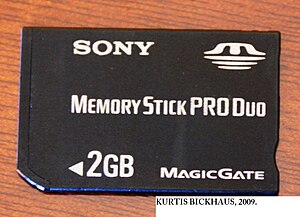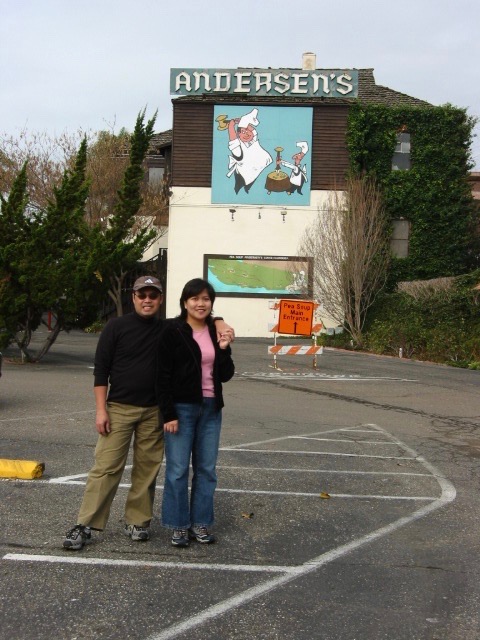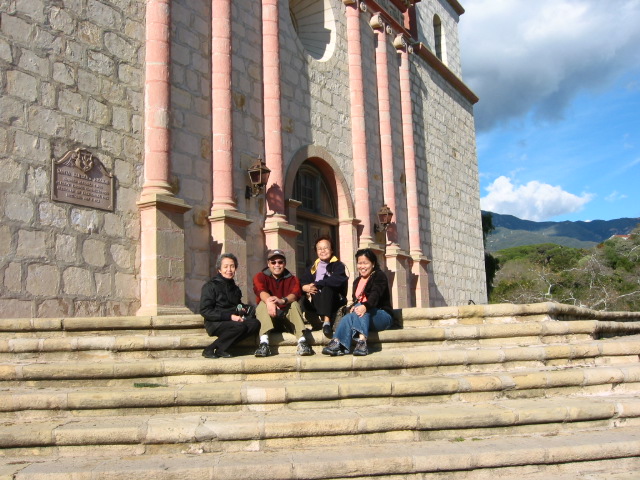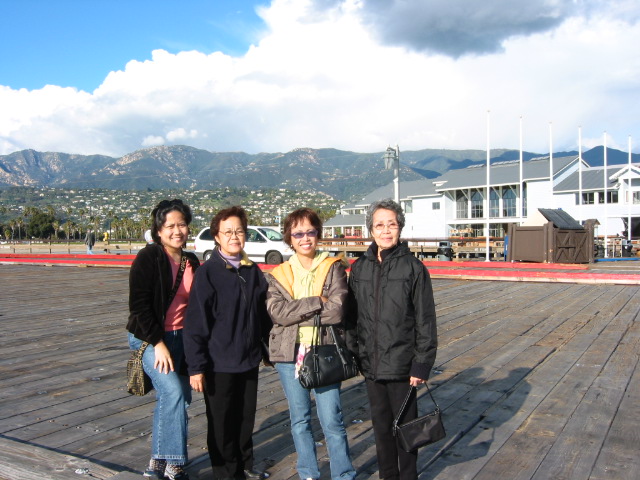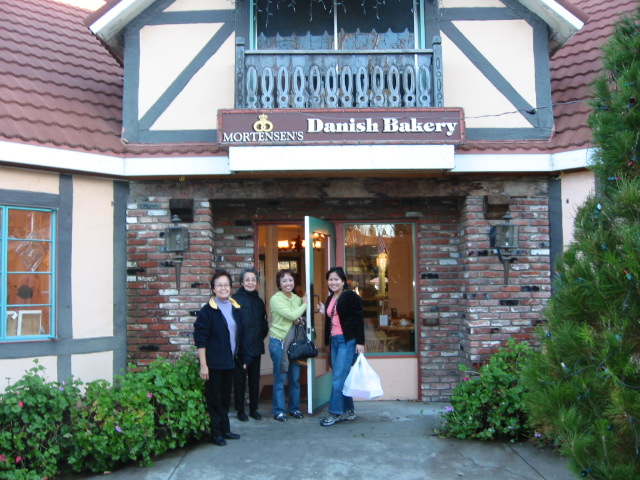I knew it would be hot and humid, but I went with my wife to visit Manila by the end of March. After all, it had been almost three years since I last sauntered upon its streets — to see again the places that had been mute witnesses to my frivolities in the early years of my adult life.
A few days after we arrived, we were already ambling along the districts of Santa Ana, Paco, Ermita, and Malate and portions of Intramuros and San Andres (formerly a part of Santa Ana district). The main stretch of Pedro Gil St (formerly Herran) – from Roxas Blvd to its dead-end at the historic Santa Ana Church, where it continues as New Panaderos St going towards Mandaluyong City – by itself, offered me a snapshot of what the entire city had gone through over the years.
As always, the area offered the amalgam of deja vu, fascination, sadness, and desperation — I had known almost the entire vicinity since I was still an elementary student at nearby Malate Catholic School in the late ’60s.
Not much had changed in the heart of Paco and Santa Ana. Jeepneys, cars, and tricycles, compounded by the narrow streets, continue to choke the area, while numerous patches of urban blight seem to haunt these places perpetually. The current mayor of Manila had tried his best to give the entire city a fresh look by opening up most of the city parks -the “Paraiso ng Batang Maynila” (Paradise of the Child of Manila)- and put up those old, Spanish-style lampposts (ala-Intramuros) throughout the main streets. But, they, too, had become victims of what afflicts the entire archipelago- very poor (if there’s any) maintenance of these improvements and the short-sightedness in planning and design of its overall infrastructure.
Malate and Ermita had seen the most changes due to new high-rise buildings along Roxas Blvd, A. Mabini, M.H. del Pilar, and Taft Avenue, as well as the redevelopment of the bayfront from Vito Cruz to Rizal Park (Luneta) which Manilans fondly refer to as, “Baywalk.”
At the back of the Manila City Hall, in Arroceros St, saw the rise of a big mall. But, its overall design -like a big piece of hollow block- made the entire vicinity more bland than it used to be. Who knows what happened to the small business establishments that abound in the place before the mall? Gone were the genteel shops and the post-war YMCA that used to thrive when the GSIS and the DECS were still in the same area. Even the improvement of the park (part of Mehan Garden) along Concepcion St did little to counter the blase look the mall did to the area.
The sad state of the entire place says a lot about how city managers (present and former) interacted with businessmen and prospective investors on how to make the place not only commercially vibrant but also how to make these establishments blend beautifully -without neglecting its history- with the entire area.
A few days later, I was sweating it out in the districts of Quiapo, Santa Cruz, and Binondo, as well as passing through San Miguel, Sampaloc, and Santa Mesa districts via jeepneys and the newly-built LRT 2 (MegaTren). I had already seen the changes made by the incumbent Manila mayor in the Quiapo-Plaza Miranda areas back in 2002, which, at least, sanitized the Lacson Underpass of crooks, thieves, and petty criminals.
While the traffic situation in the vicinities of Manila may have improved because of the LRT 2 -which runs all the way from Recto Avenue to Santolan Road in Quezon City-, the entire city still need a lot of changes in its overall infrastructure (majority of its sidewalks are dilapidated), for it to become at par with its already-modern Southeast Asian counterparts.
Starting from Quinta Market underneath the Quezon (aka, Quiapo) Bridge, we meandered our way to Escolta via Carlos Palanca St (Echague), passing by the statue of the late Manila mayor, Arsenio Lacson – as well as nearby Sta. Cruz Church – within the renovated portion of the plaza. We ambled towards Binondo via Tambacan, stopping a bit at Ongpin St to buy some “machang” (steamed sticky rice with cooked pork or chicken at the center, wrapped in bamboo leaves) and “siopao” (steamed bun with braised pork/chicken inside) as pasalubong (take-home).
Then, it was time to get some very cheap hardware/home furnishings along Tomas Mapua St (Misericordia), for which the street is noted. We ended our ‘mini-Chinatown tour’ on one of the tables at the ‘Pinsec Noodle House‘ (wow, it’s still there!!) along Claro M. Recto Ave (formerly, Azcarraga), where we enjoyed my old favorites: “beef asado” noodles (braised beef w/ noodles) and siopao asado. After washing these down with our favorite soda, Rizal Avenue (Avenida Rizal) a few steps away- surprised us with one of the most notable changes in the vicinity.
The stretch of Rizal Avenue from Plaza Lacson (near Carriedo) to C.M Recto Ave was ‘pedestrianized.’ The old cement road and the sidewalk were replaced with bricks, and assorted, colorful plant boxes were placed on the sides. Benches made of wood and stainless steel were placed in the center for promenaders to sit on. Lampposts were added to complement the dim lights underneath the LRT 1 tracks.
The pedestrianization project, indeed, brightened up the area, and with the ongoing construction of a mall (hopefully, with a design that could recreate the grandeur or ambiance of the place after WW II) where the former Odeon Theater was located -as well as the timely opening of the modern, 4-story, LRT 2-Recto Station nearby-, ‘Avenida‘ as it was more popularly called, may well have found the recipe for its rebirth.
We almost walked the entire length of the ‘new’ Avenida from where we veered left towards Gil Puyat St (Raon St)…the “electronics capital” of the country. Here, scores of vendors offered us an assortment of goodies from the cheapest electronic parts & equipment, fake audio CDs, VCDs, DVDs, and almost anything related to the fake (very few were legit) mobile phone parts industry.
I also got a new pair of eyeglasses for only US$ 25 in this area. Time was well spent since we also ambled to nearby Quiapo Church (we’ve come full circle), where we prayed to the patron saint and God to give us more time on our next visit.
We also got some freshly-made “hopia” (small, round, very crusty bread with different fillings inside – very popular of which is the ‘mongo’ beans made into a paste), “chorizo Macau” (Macau pork sausages), as well as a cheap CD case (less than a dollar) as we headed back to pick up the eyeglasses at the optical shop located along P. Paterno St.
Very tired now, we ambled back to the LRT 2-Recto Station via Evangelista St and took one of the nice, roomy, and air-conditioned trains for V. Mapa St – in the Santa Mesa district -, that glided through Sampaloc district as well.
In Santa Mesa, we took a quick -and very cheap at about $2 for the two of us- lunch of pork BBQ-on-a-stick, “menudo“ (diced pork and potatoes in tomato sauce), a dry version of the “papaitan“ (sauteed goat innards with lots of onions and chili), free “sabaw” (soup), lots of rice and a bottle of cold Coke to cool-off the noonday heat that had built-up on our bodies. Around this area, we took one of the two jeepney rides that brought us back to Hulo, Mandaluyong City, where I stayed most of the time during my month-long odyssey.
I might miss Manila occasionally as I continue to toil in another country for my livelihood. But, the place -much less the entire country- had slowly progressed to miss it longingly. Corruption, apathy, as well as the perverted sense of nationalism of the majority of the people had been the bane of the country, and getting to that next important step to becoming a truly progressive nation is still very elusive for Filipinos.
It’s still very hard to enjoy living in luxury in a country where most people can barely make a living. Part of it may be their fault, but the bigger blame lies squarely on a government that perennially fails to deliver on its fundamental purpose…to uplift the socio-economic status of its constituents to the next level.
